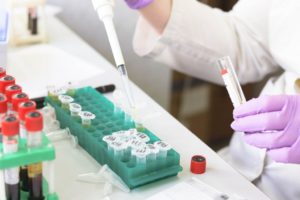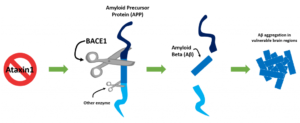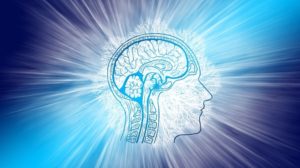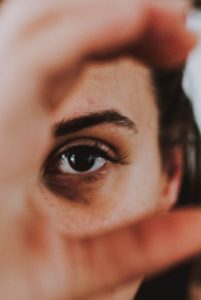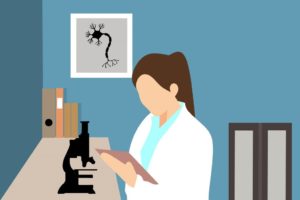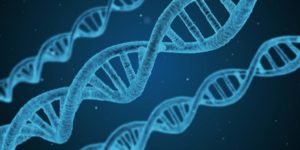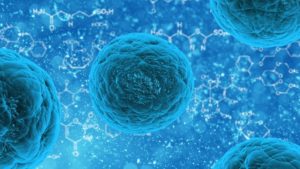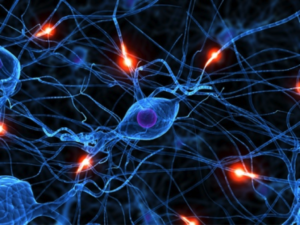
Working with cerebellar ataxia
Written by Dr. David Bushart Edited by Dr. Sriram Jayabal How can employment be made more accessible for ataxia patients? What barriers exist? A study of workers and non-workers with ataxia analyzes the benefit of employment, as well as how to reduce risk of injury. A job can often become Read More…



